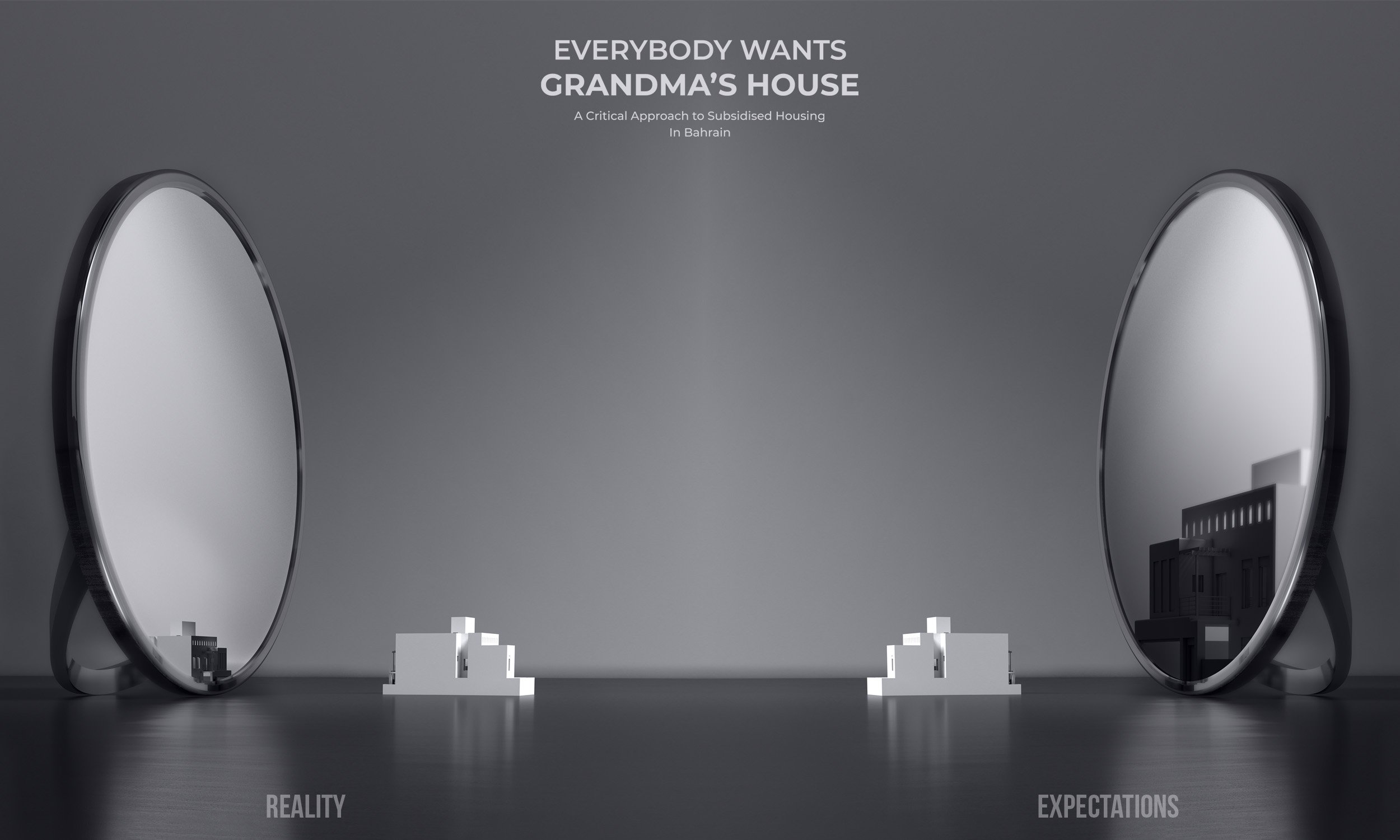
Research-Led Design (RLD)
Research-Led Design is a year one master’s specialisation in Architecture at Oxford Brookes University. It focuses on the use of rigorous theoretical design research to achieve architectural solutions through the production of a dissertation. Each student chooses a topic of their choice driven by their unique motivation. For example, the choice may stem from a curiosity to learn more about an architectural topic, to explore and experiment with new design methods, or to discover new design theories. The design dissertation enables students to apply a deep layer of theoretical research to their architectural process to produce well-informed, thoughtful, and innovative projects.
The 2020 – 2021 cohort covered an expansive range of topics, from architecture inspired by dreams to learning from traditional Egyptian architecture to achieve sustainable design in housing. Unlike standard architectural portfolios, RLD allows for the design of both: theoretical frameworks and practical architectural solutions. RLD is more than just a design studio. It has allowed students to identify gaps in knowledge and contribute with their own unique theories and solutions. At the end of the academic year, RLD students presented their findings and projects to a panel of guest architects and lecturers. They were able to defend their theories and design decisions using the dissertation research developed over the year..
We hope you enjoy the eclectic and powerful nature of the themes that this year’s students have investigated.
Tutors:
Scott Crisman Sworts (ML), Hannah Durham, Mike Halliwell, Dr. Freya Wigzell , Dr. Susy Ridout
External Critics have been Dr. Joseph Juhasz, Dr. Marilyn Whitney, and Matthew Dudzik, AIA.
Students:
Alsehali Mo, Ashok Sahana, Azrin Amir Firdaus Bin, Dhoria Bhakti Bharatkumar, Dorji Jamyang , Franklin Nick, Frimpong Nana, Hassan Rava, Herath Mudiyanselage Piyumi Ninon, Herbert Nora, Howes William, Kong Zhi Young, Lai Cyril, Pirmohamed Hadi, Rethe Gabriel Storere, Schram Zsuzsi, Somerville Rosemary, Thakkar Vinisha Hermantbhai, Yan Suet Ngo
Hadi Pirmohamed: Movement of people around cities is a key aspect in urban design, especially in Milton Keynes, a city that is structured around its roads. This project explores ways to solve the current issues residents face whilst travelling around the city.
Bhakti Dhoria: The project is based on reconnecting with the relics of the past, reliving the history and learning from the heritage to build a better future.
Cyril Lai: Utopia and Game Play examines how the relationship between utopia and game can be used as an approach to architectural design.Game play focuses on the process and subject/object relationship rather than consdering game as an object.
Cyril Lai: Utopia and Game Play examines how the relationship between utopia and game can be used as an approach to architectural design.Game play focuses on the process and subject/object relationship rather than consdering game as an object.
Hadi Pirmohamed: Movement of people around cities is a key aspect in urban design, especially in Milton Keynes, a city that is structured around its roads. This project explores ways to solve the current issues residents face whilst travelling around the city.
Jamyang P Dorji: Biophilic School Architecture in Bhutan is a school design project implementing the Biophilic Design Principles to encourage positive interaction with nature and continue Bhutan’s commitment to the conservation of the natural environment.
Jamyang P Dorji: Biophilic School Architecture in Bhutan is a school design project implementing the Biophilic Design Principles to encourage positive interaction with nature and continue Bhutan’s commitment to the conservation of the natural environment.
Bhakti Dhoria: The project is based on reconnecting with the relics of the past, reliving the history and learning from the heritage to build a better future.
Nóra Herbert: The designs show the outcome of the research about Musical Proportions in Architecture. The music pavilion and the new music cloisters of Christ Church College were designed with the newly developed Harmonograph Theory which translates music into architecture.
Mohamed Alsehali: The project reveals the impacts of colonialization, globalisation, and harmful bureaucratic practises on housing. A prototypical villa is redesigned based on resident engagement to increase satisfactory aspects and demonstrate solutions moving forward.
Yan Suet Ngo: Following London’s aspiration to become a more walkable and pedestrian-friendly city, this research explores the potential of streetscape by introducing the element of fun onto the existing urban realm that addresses the community's well-being, turning boring streetscapes into curious funscapes.
Nóra Herbert: The designs show the outcome of the research about Musical Proportions in Architecture. The music pavilion and the new music cloisters of Christ Church College were designed with the newly developed Harmonograph Theory which translates music into architecture.
Mohamed Alsehali: The project reveals the impacts of colonialization, globalisation, and harmful bureaucratic practises on housing. A prototypical villa is redesigned based on resident engagement to increase satisfactory aspects and demonstrate solutions moving forward.
Vinisha Hemantbhai Thakkar:
Zsuzsi_Schram: The research looks at environmental stressors in paediatric waiting areas. With environmental psychological studies, child psychology, sensory-, and evidence-based design; a comprehensive design guide is created in website format, with a patient quiz to identify the best ‘environMENTAL’ pathway.
Vinisha Hemantbhai Thakkar:
Yan Suet Ngo: Following London’s aspiration to become a more walkable and pedestrian-friendly city, this research explores the potential of streetscape by introducing the element of fun onto the existing urban realm that addresses the community's well-being, turning boring streetscapes into curious funscapes.
Zsuzsi_Schram: The research looks at environmental stressors in paediatric waiting areas. With environmental psychological studies, child psychology, sensory-, and evidence-based design; a comprehensive design guide is created in website format, with a patient quiz to identify the best ‘environMENTAL’ pathway.

















